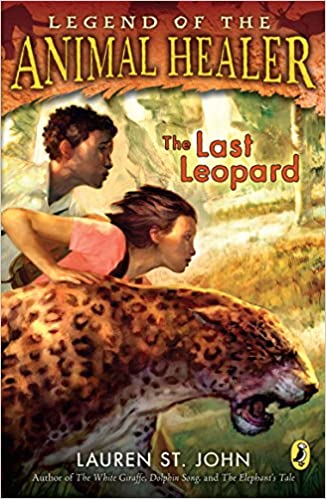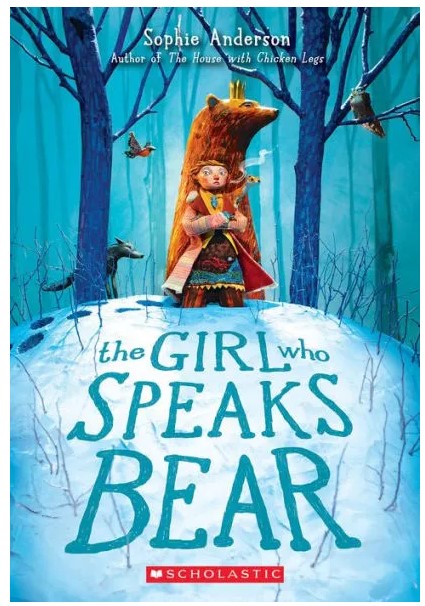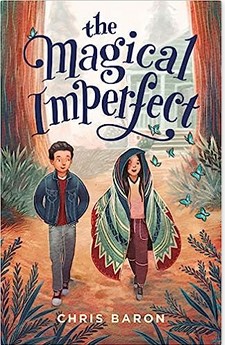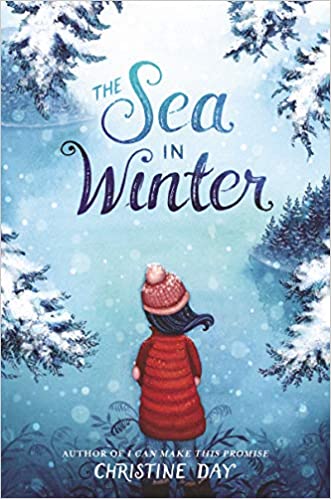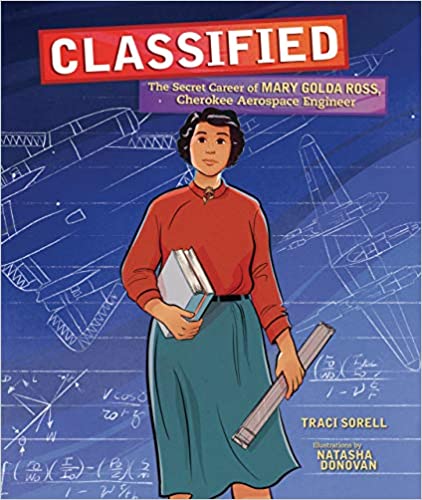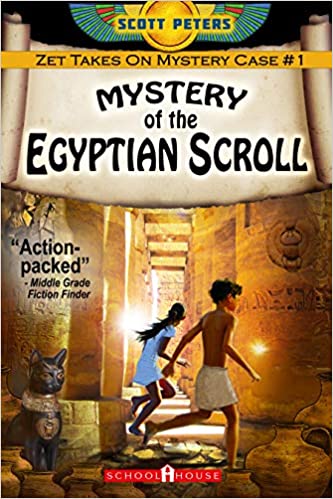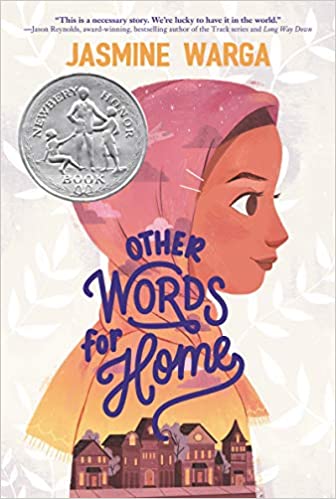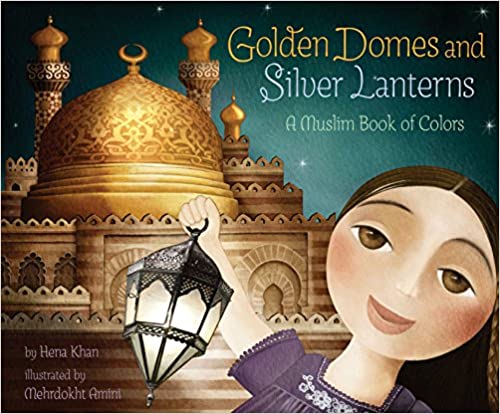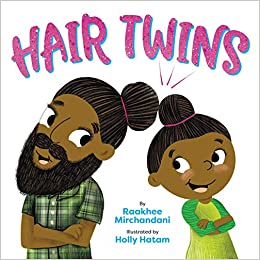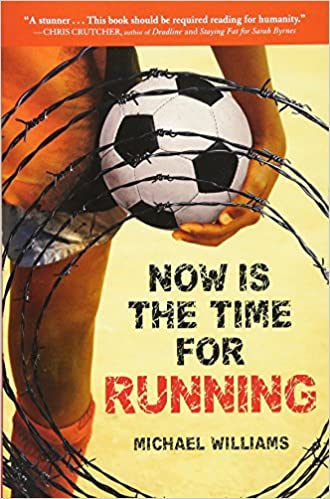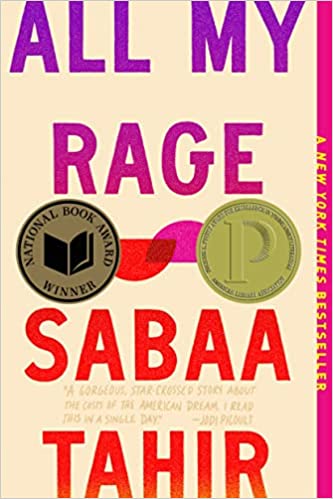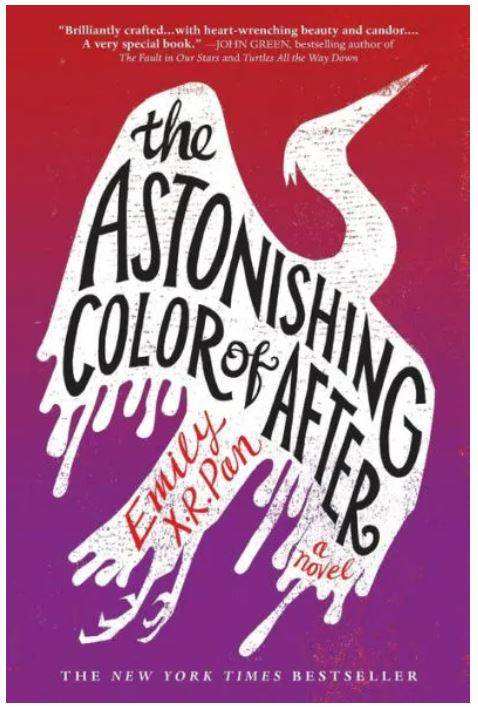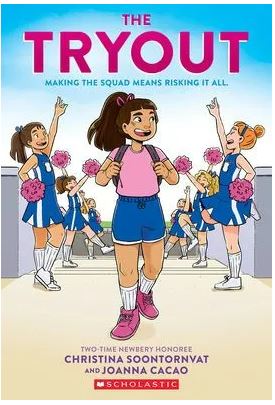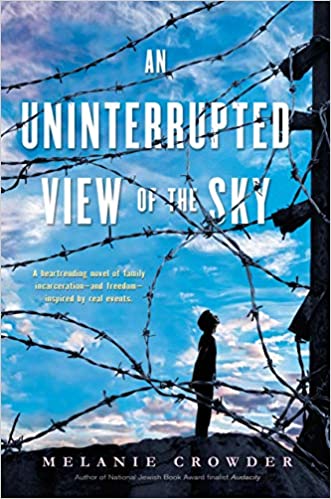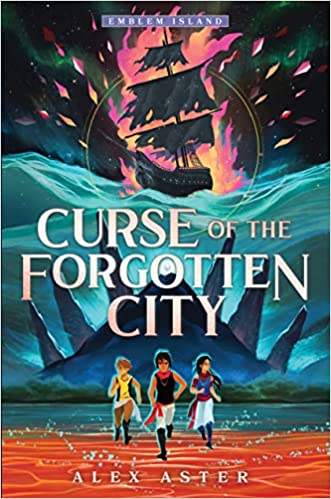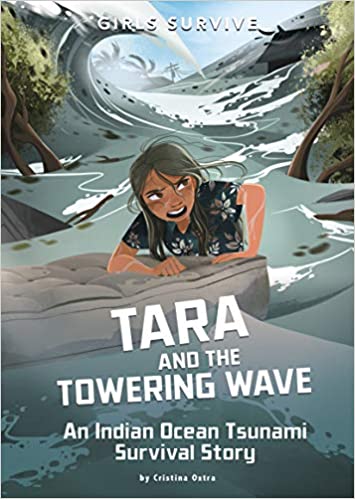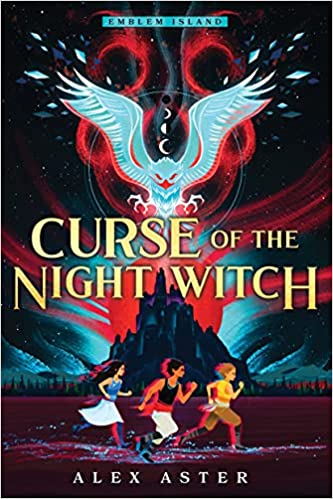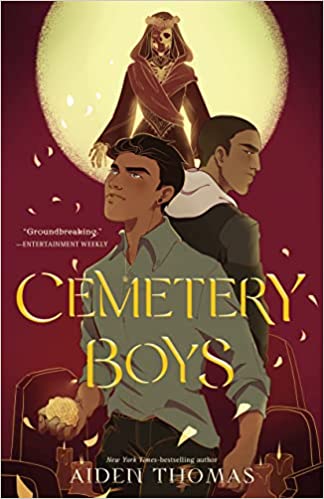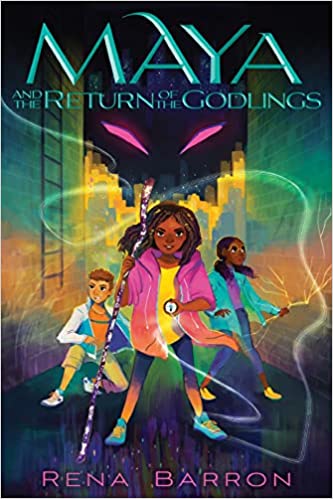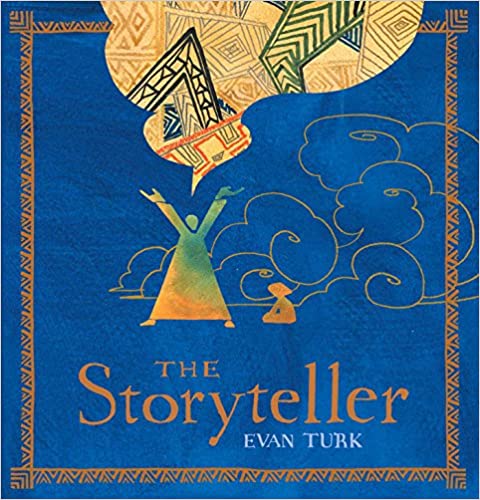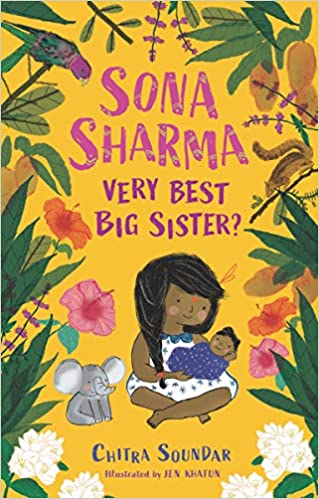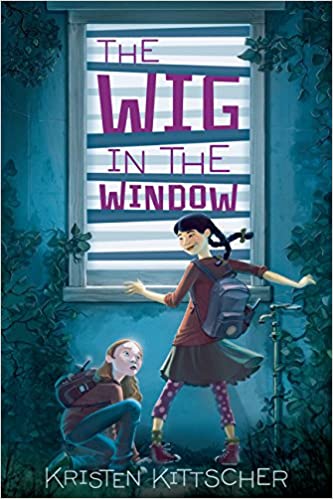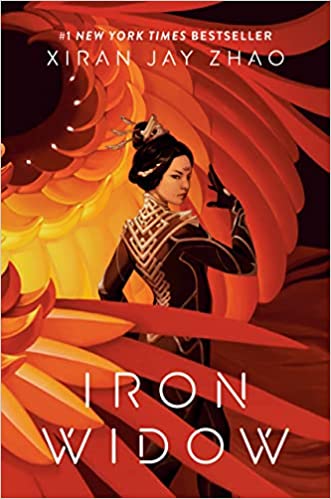Martine, her grandmother, and her best friend, Ben, are off to Zimbabwe to help her grandmother’s friend, Sadie, run her hotel in the Matobo Hills. But when they arrive, Martine realizes that someone wants to run Sadie off her land. Not only that, but hunters and treasure seekers are trying to capture Khan—a legendary giant leopard, rumored to be the rarest in the world. Can Martine help before it’s too late?
Martine is surprised when her grandmother announces they are going to Zimbabwe to help her friend Sadie. When they arrive at the isolated hotel, Martine discovers that Sadie is hiding something. Sadie eventually reveals that Mr. Ratcliffe has been trying to run Sadie out of business so he can hunt the legendary leopard, Khan. When the police unexpectedly arrest Martine’s grandmother and Sadie, Martine, and Ben vow to keep Khan safe even if it means putting themselves in danger.
The third installment of the Legend of the Animal Healer Series has a darker mood than the previous books because it focuses on Mr. Ratcliffe’s greed and his “canned” hunting business. In order to keep his illegal business in operation, Mr. Ratcliffe bribes corrupt police officers. Mr. Ratcliffe is not content with hunting lions and other dangerous animals. Instead, he is also determined to kill the legendary leopard Khan—even if it means hurting others to obtain his goal.
When Martine’s grandmother and Sadie are arrested, Ngwenya, a local, helps Martine and Ben hide in a local village. This situation gives readers an inside look at the indigenous people who live in the bush. While the Zimbabwe culture is completely different from the United States, the communities shine with beauty even though, like any society, not everyone has pure intentions. The mix of characters that Martine and Ben meet adds interest to the story as well as highlights the negative aspects of greed. In the end, the story clearly shows that money is not important; instead, people only need “love, freedom, and enough to eat.”
The Last Leopard is a fast-paced story that teaches readers the horrors of canned hunting and the need for people to take action to save endangered animals. In the author’s note, St. John explains that illegal hunters have caused “cheetahs, lions, and hippos, animals we thought would be around forever, [to be moved] onto the endangered list, and the leopard, one of the world’s most elusive and beautiful creatures, [to be] in danger of being wiped out. Unless we act soon, we’ll wake up to discover that there is only one last leopard.”
Sexual Content
- None
Violence
- According to legend, the tribe elders, including Lobengula, hid a treasure. Lobengula was suspected of “having several of his own brothers murdered.” After the treasure was hidden, “Lobengula ordered all who had buried the treasure to be killed in case they had thoughts of stealing it.”
- When others went to search for the treasure, their expedition “was cursed. Men were struck down with illness none had ever seen before; charged by elephants or murdered by rivals; one even had his nose licked by a lion just before he was disemboweled.”
- The story revolves around the practice of canned hunting which is “the wicked and widespread practice of putting lions, leopards, and other dangerous and hard-to-hunt animals in small enclosures so that ‘hunters’ are guaranteed a ‘kill’ or a trophy to hang on their walls.” Mr. Ratcliffe owns the Lazy J [?] which captures animals to be hunted.
- Martine hears a shot. When she looks through binoculars, she sees “the lion lay dead on the ground. The hunter had one foot on its chest and one hand on his rifle, and he was smiling and posing for photographs. The lion’s blood was leaking out onto his boot, but he didn’t seem to notice.”
- While in the wilderness, the leopard Khan knocks Martine to the ground. “His great paws thudded against her chest and his claws pierced her skin. She was winded and in pain. She could feel blood trickling down her armpit.” Martine can feel Khan’s hatred and fear as well as his exhaustion “from the endless struggle to survive.” When Khan hears others coming, he runs into the desert.
- Martine and Ben sneak onto Mr. Ratcliffe’s property, where they find animals ready to be canned hunted. When the owner sees them, Martine and Ben run. As they ran, Khan “jumped from the sky” saving Martine and Ben. A man who witnessed the events says, “There was no shooting. One of the guides went to get his rifle and Khan opened up his chest with a swipe of his paw. That man will be spending many months in the hospital.”
- To keep Martine and Ben out of the way, Mr. Ratcliffe pays a man named Griffin to kidnap the kids. “They’d been kidnapped at about nine o’clock in the morning and denied food or water until six in the evening because Martine refused to give Griffin any information on her gift.” After Martine pretends to tell the future, Griffin allows the kids to eat. Then, he locks them “in a dusty, windowless storeroom with nothing but a bottle of water, a wooden crate, and a couple of snacks.”
- To escape from Griffin, Martine and Ben hatch a plan to have the “Enemy of Lions” ants bite Griffin. When the ants begin climbing up Griffin’s legs, he “let out a tormented scream. . . He was leaping, twisting, and screeching like a madman.” Griffin’s friends jump up to detain the kids but “Martine and Ben were ready with the sacks. A single swish sent showers of biting ants all over the men.” The kids escape.
- Martine and Ben go in search of Khan. While searching, “a hand was clamped over [Martine’s] mouth.” Martine is able to flee, but Griffin follows her. “Griffin grabbed at her ankle and missed. Martine scooped a rock as she dodged him and threw it with all her might. The rock hit the bees’ nest square on.” The bees attack Griffin who “fled down the mountainside.” Later, Martine discovers that police found “a comatose figure by the roadside. . . he was so swollen that one of the constables described him as looking as if he’d been blown up with a bicycle pump.”
- A guide pulls a gun on Ben, so Ben pretends that he will lead the guides to the leopard. Ben is uninjured.
Language
- An adult asks Martine, “What the heck do you think you’re doing?”
Drugs and Alcohol
- A young adult and his friends are looking for the location of the legendary treasure. They want to find the treasure so they can buy luxuries including cigarettes and whiskey.
- When a witch doctor is called to help a sick child, he chanted and “took a swig from a brown bottle at his side. . . In between chants, the witch doctor had continued to take long swallows from his brown bottle.” Before the end of the ceremony, the witch doctor passes out drunk.
- Martine carries a survival kit that contains “three small brown bottles: one for headaches and pain, one to treat Bilharzia, a disease found in Zimbabwean rivers, and one for stomach ailments.” Martine gives the stomach medicine to the sick baby, who recovers.
- One of Sadie’s workers discovers that the owner of the Lazy J. paid someone to poison the water tank for the cattle on Sadie’s property.
Supernatural
- There are several witch doctors who use bones and other items to tell the future. One witch doctor tells Martine, “I will throw the bones and tell you what you need to know. . . what you call destiny is written in sand and not in stone.” During the ceremony, the witch doctor “scattered the bones onto the dry earth.”
- The witch doctor tells Martine and Ben, “You are bound together, but you will be torn apart. When that happens, look to the House of Bees.”
- Martine has a gift that allows her to feel the emotions of animals as well as heal them. When she finds Khan, who is injured, Martine uses her magic. When Martine uses her gift, she has a vision of “the ancients, the San Bushman. . . and they were chanting with her, encouraging her. . . a magical energy came from them and passed through her as if she were a lightning conductor.”
- When Martine’s hands heat up, she puts them on Khan’s wound. “At first the leopard writhed beneath her touch as if her hands were so hot they were singeing him but gradually his muscles relaxed and a peace came over him.” Afterward, Martine uses moss, honey, and super glue to treat Khan’s wound.
Spiritual Content
- The people of the Matobo Hills created shrines to worship “Mwali, the High God. Each shrine had its own guardian and they are looked after to this day.”
- After Martine and Ben are kidnapped, Martine pretends to be ill. When Griffin sees her pale skin, he prays, “Mwali, don’t desert us now.”
